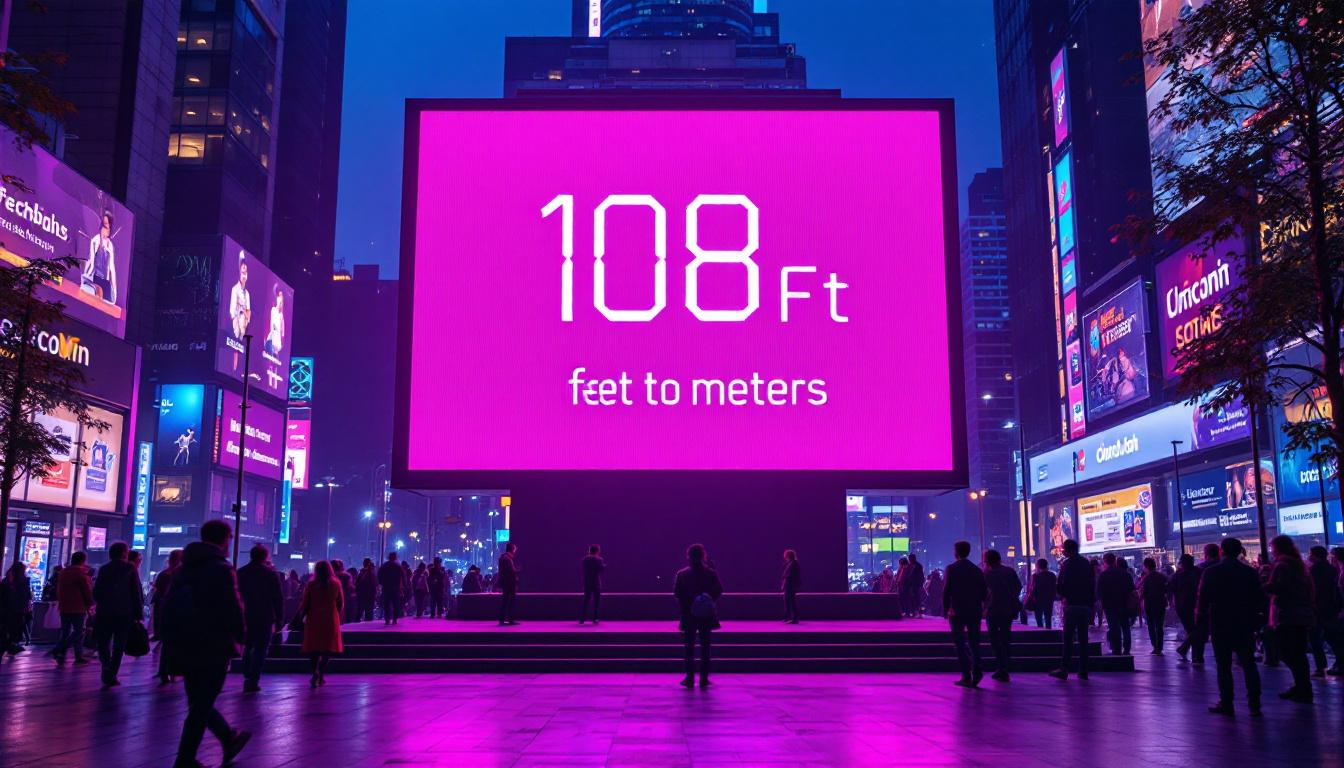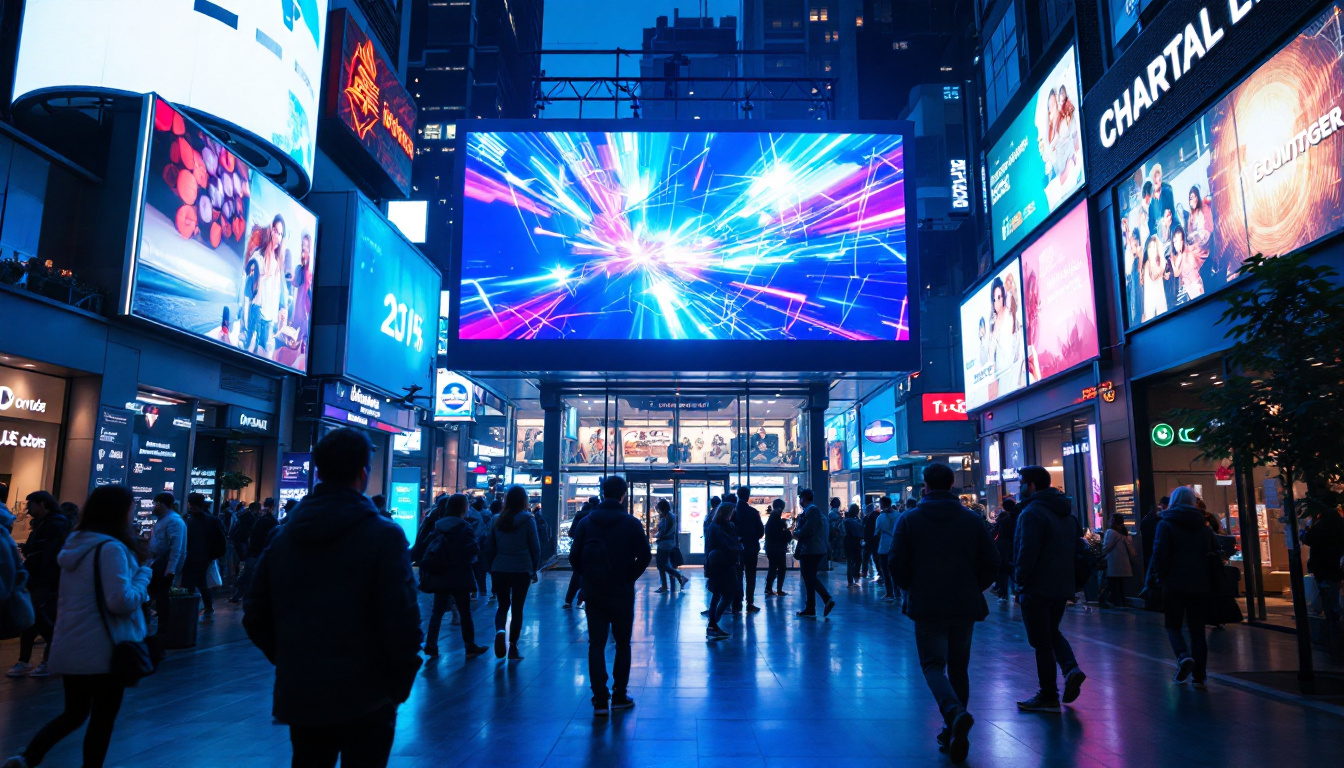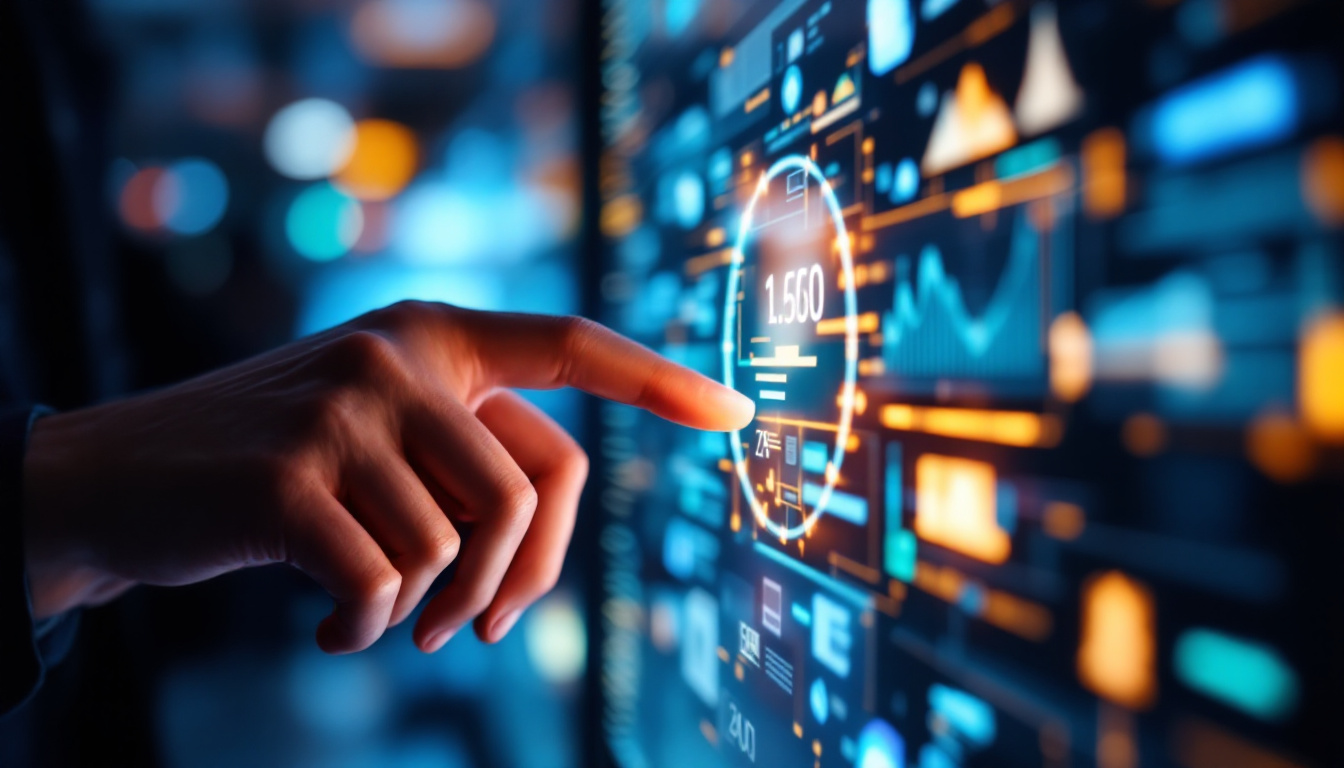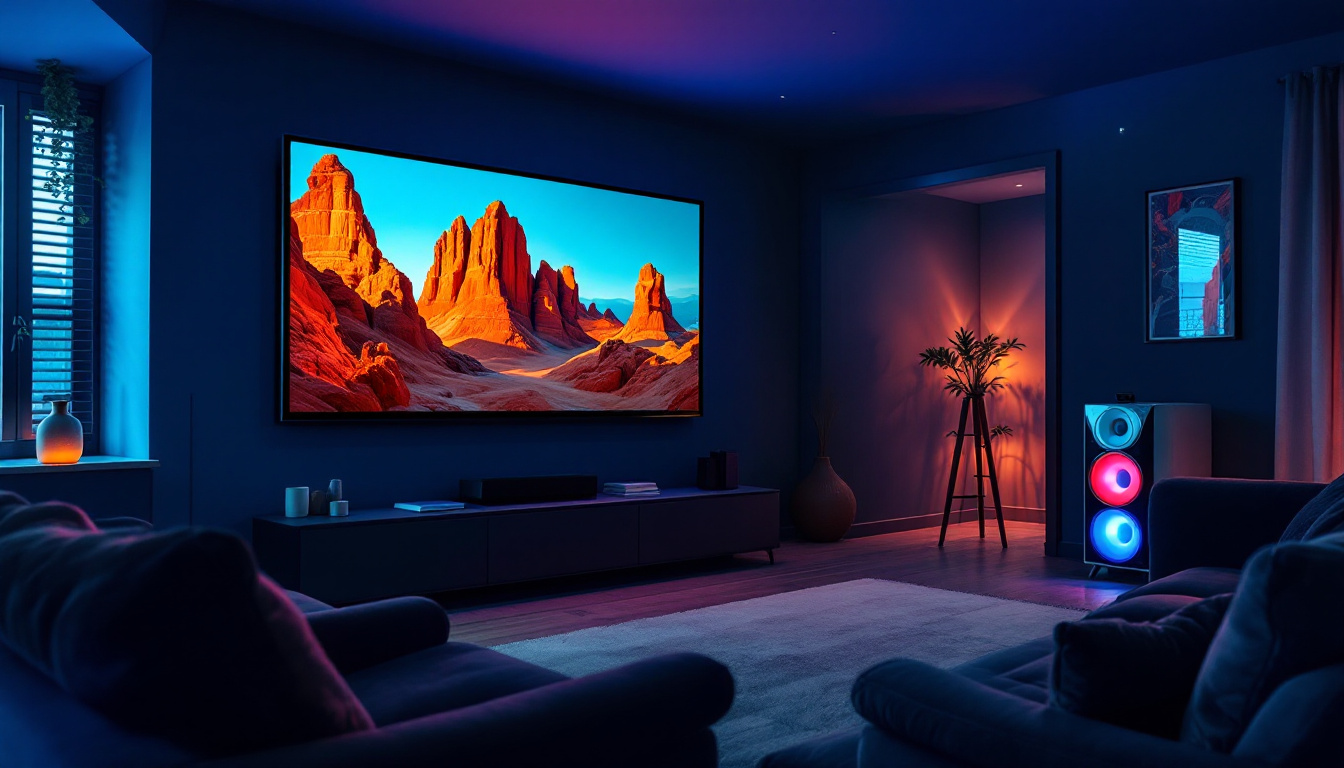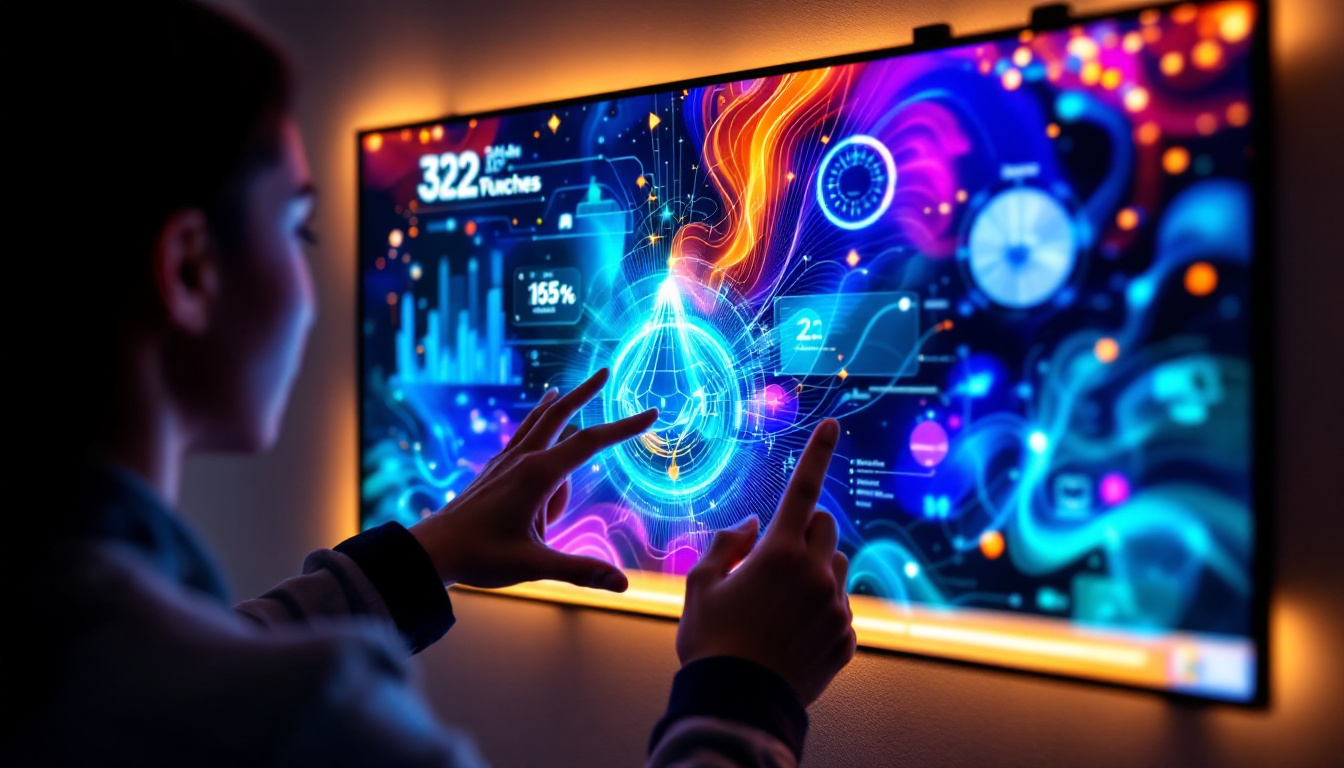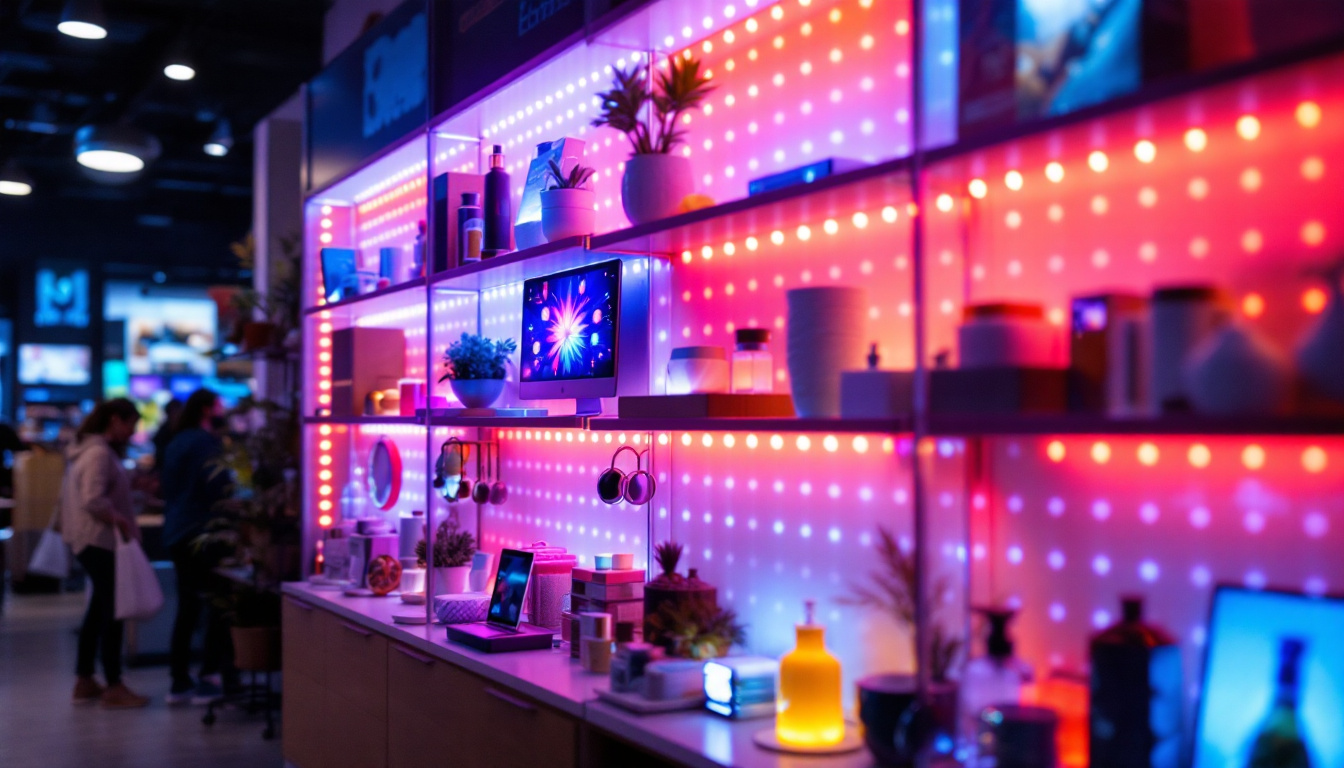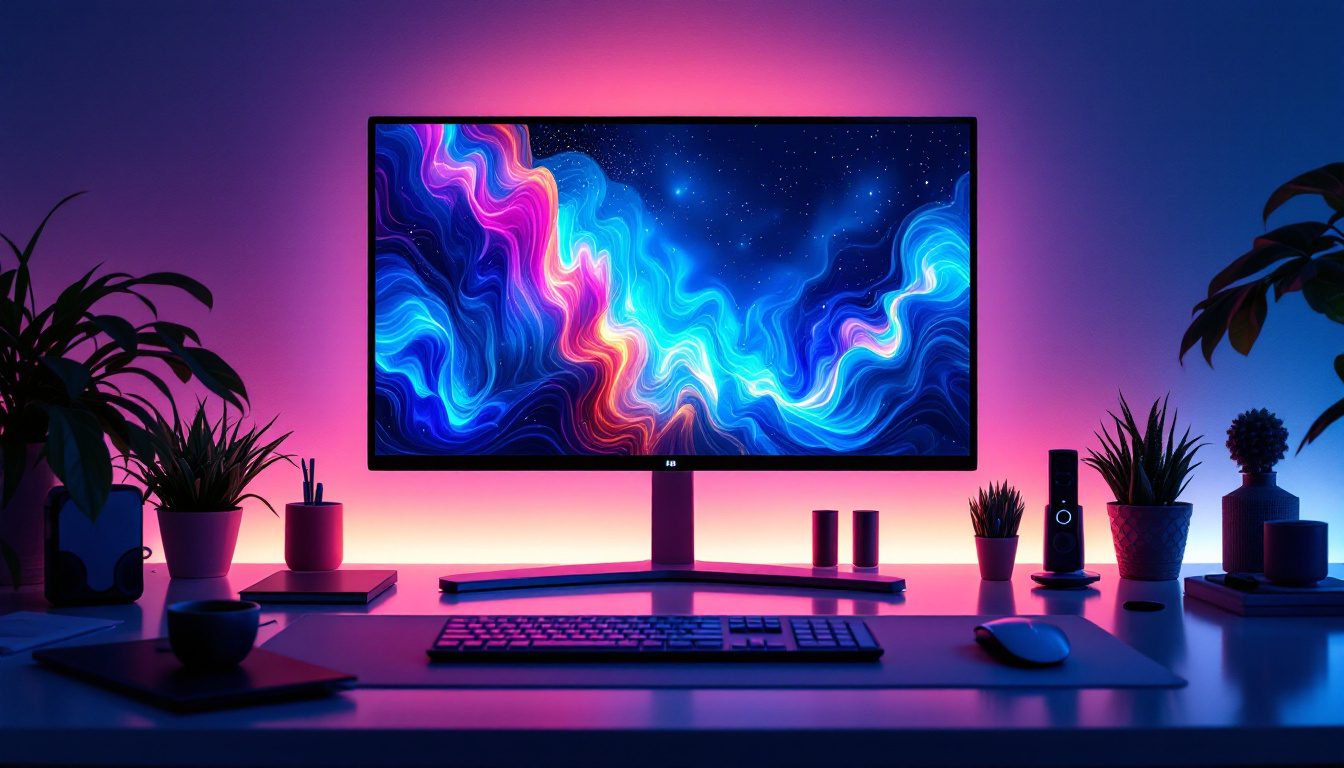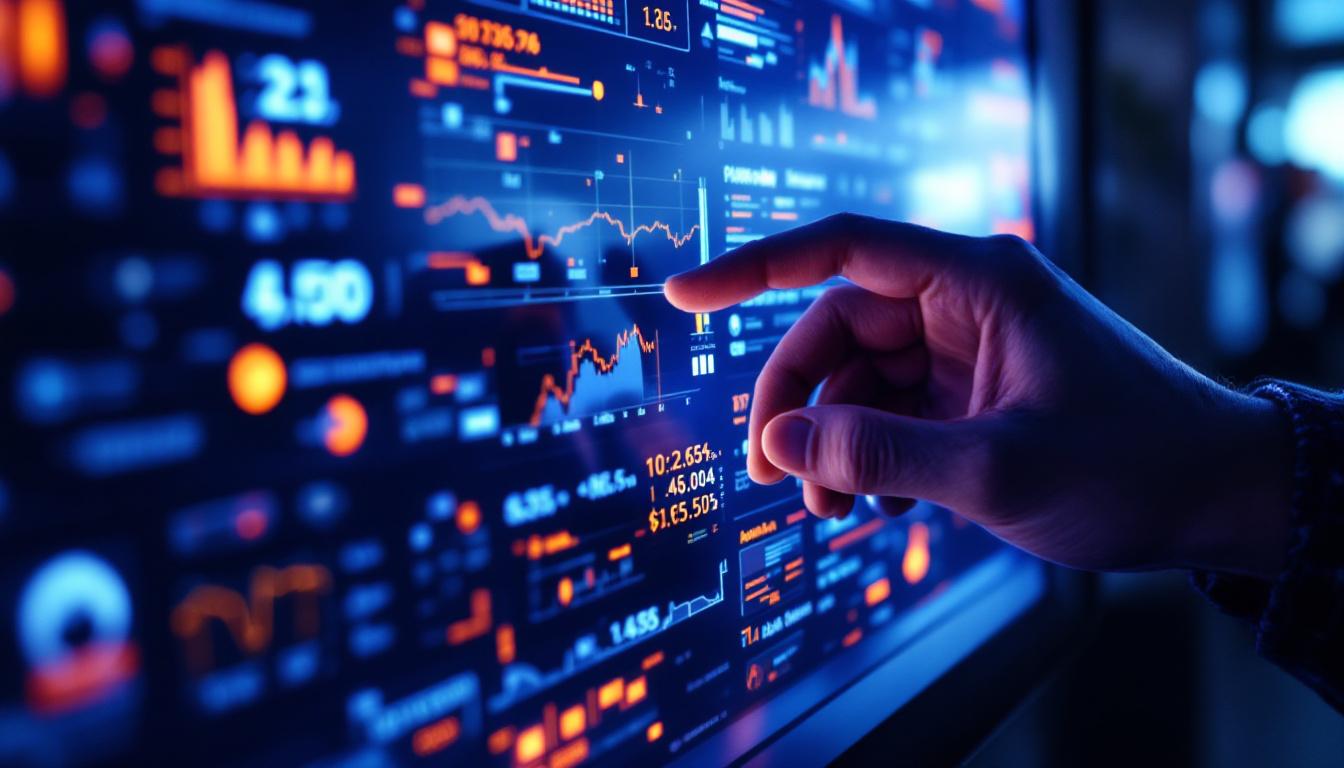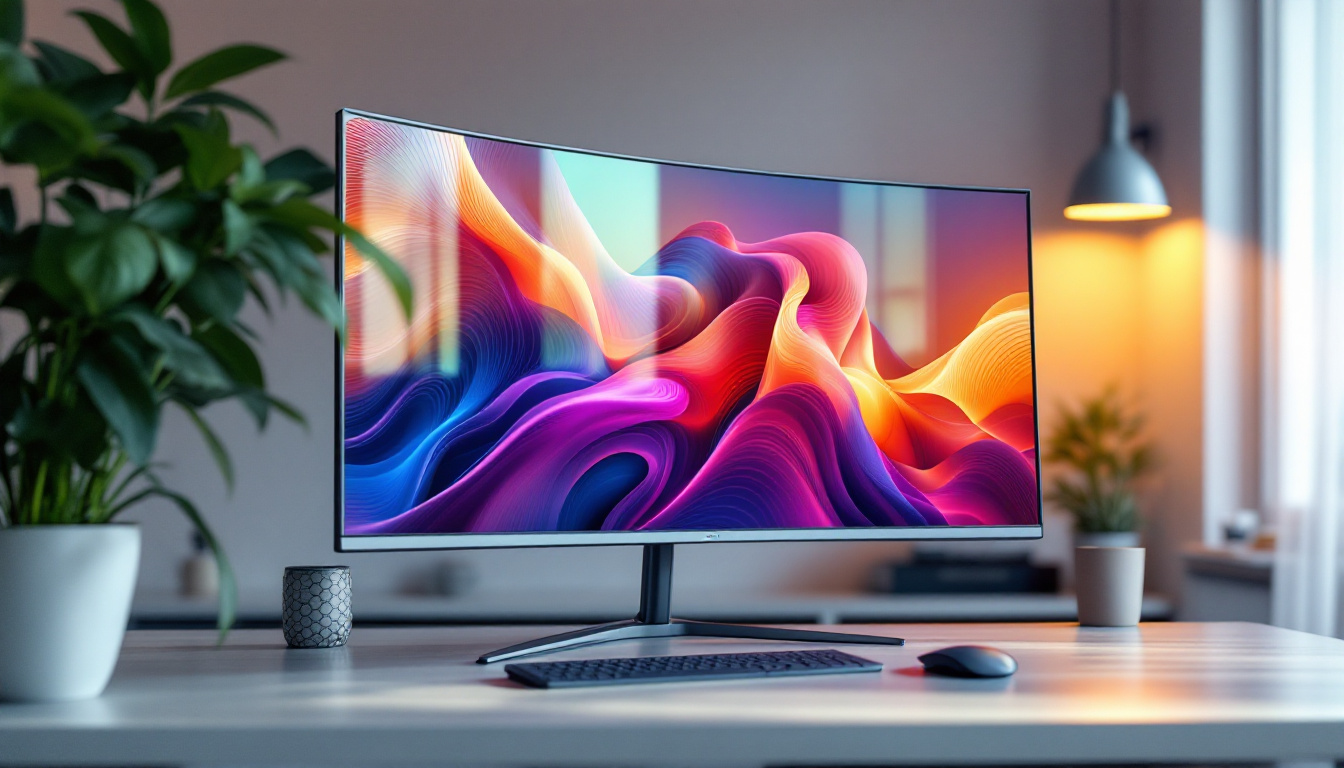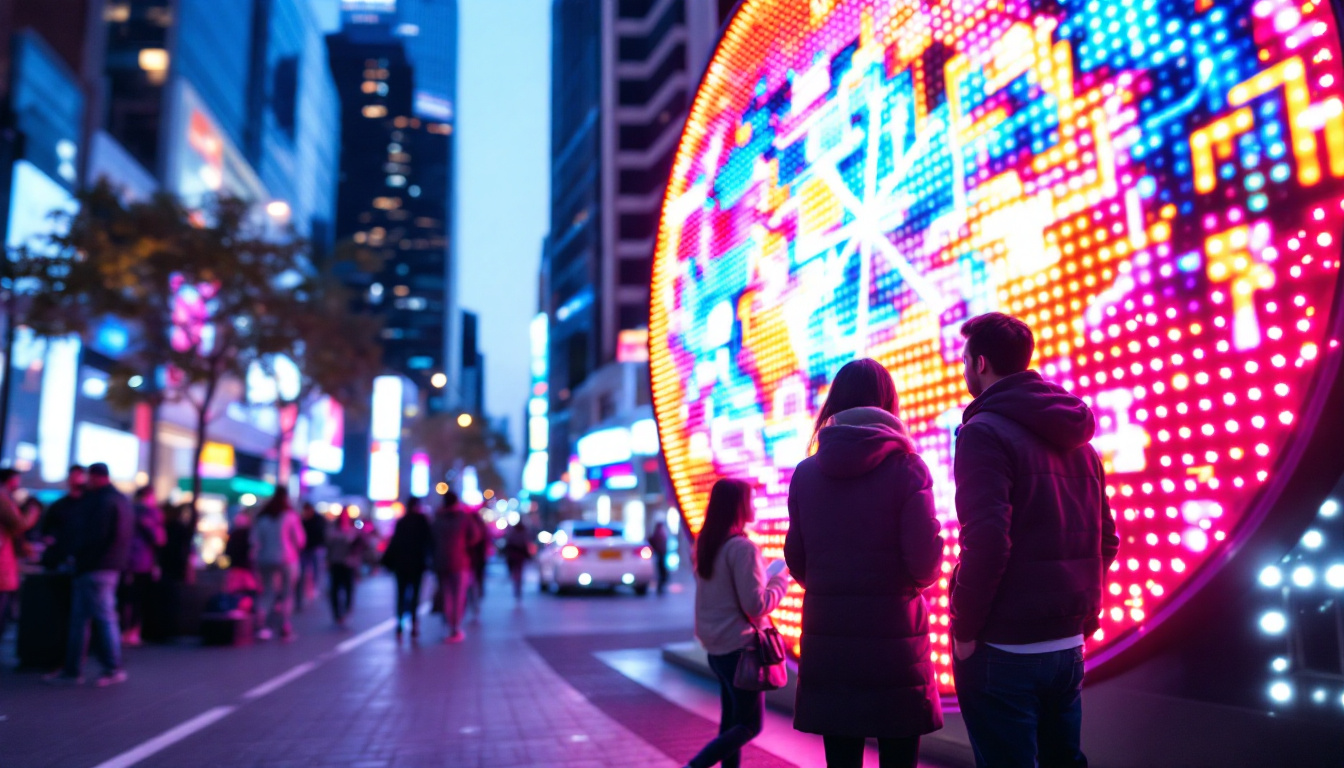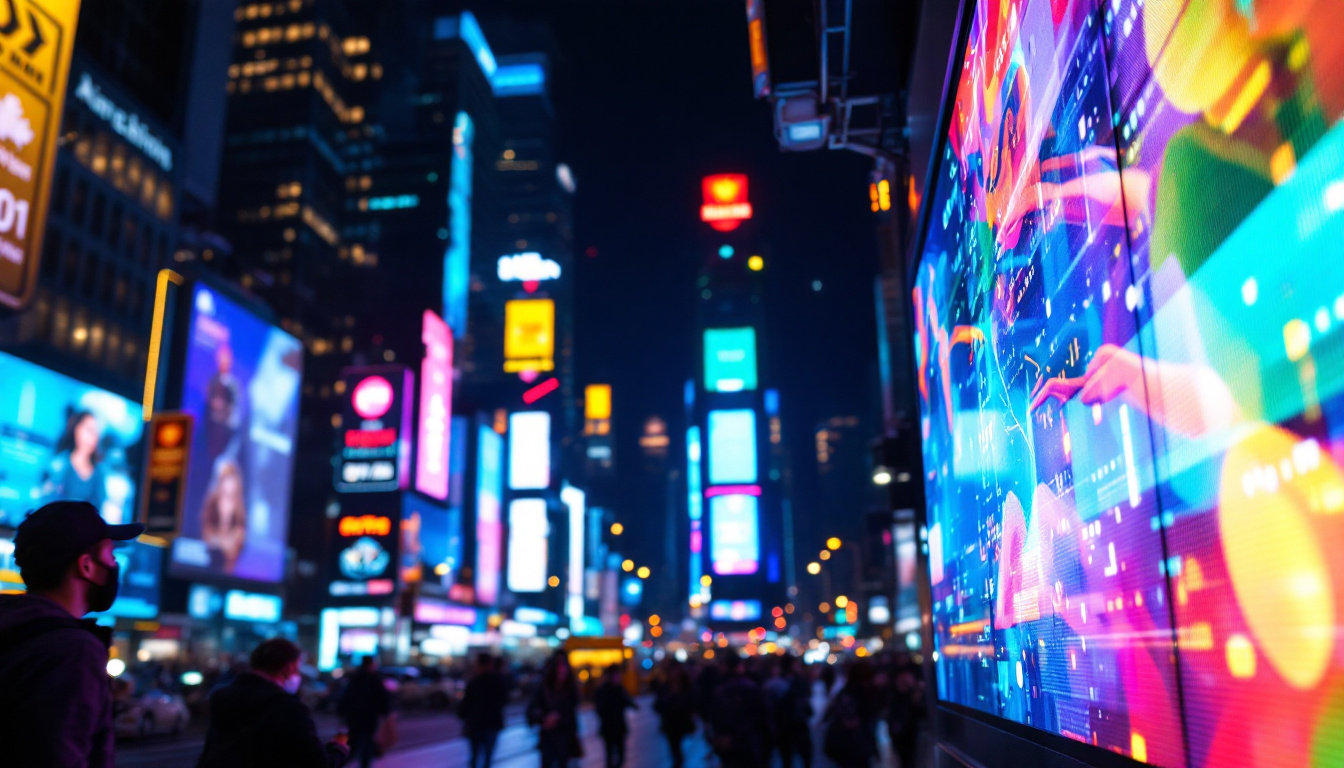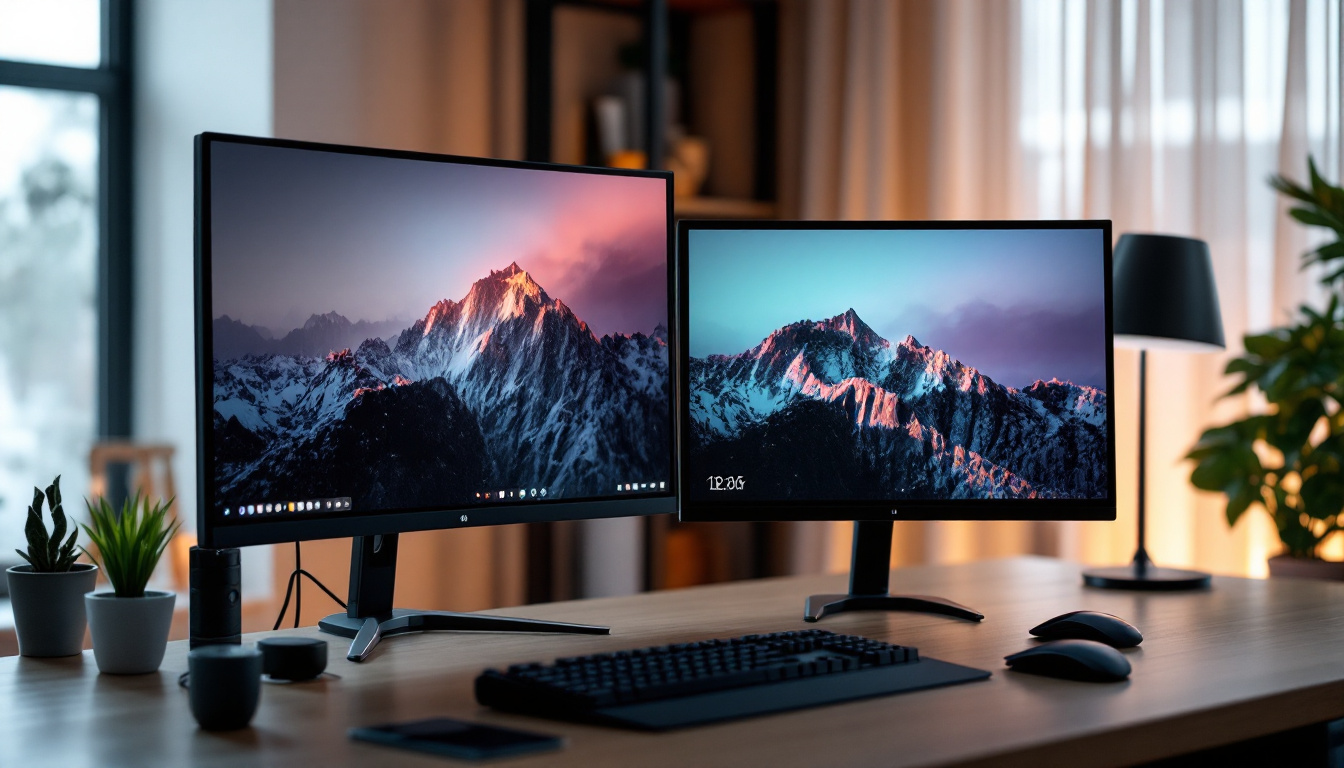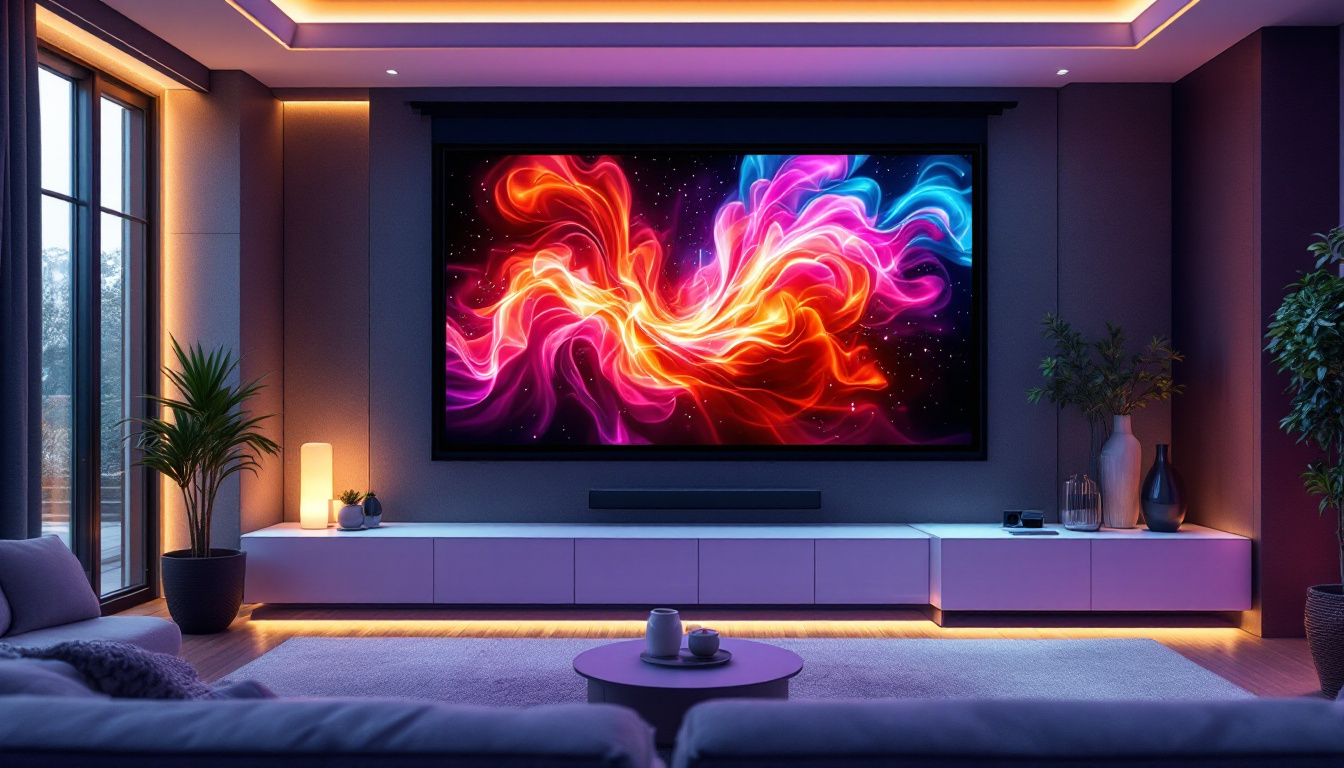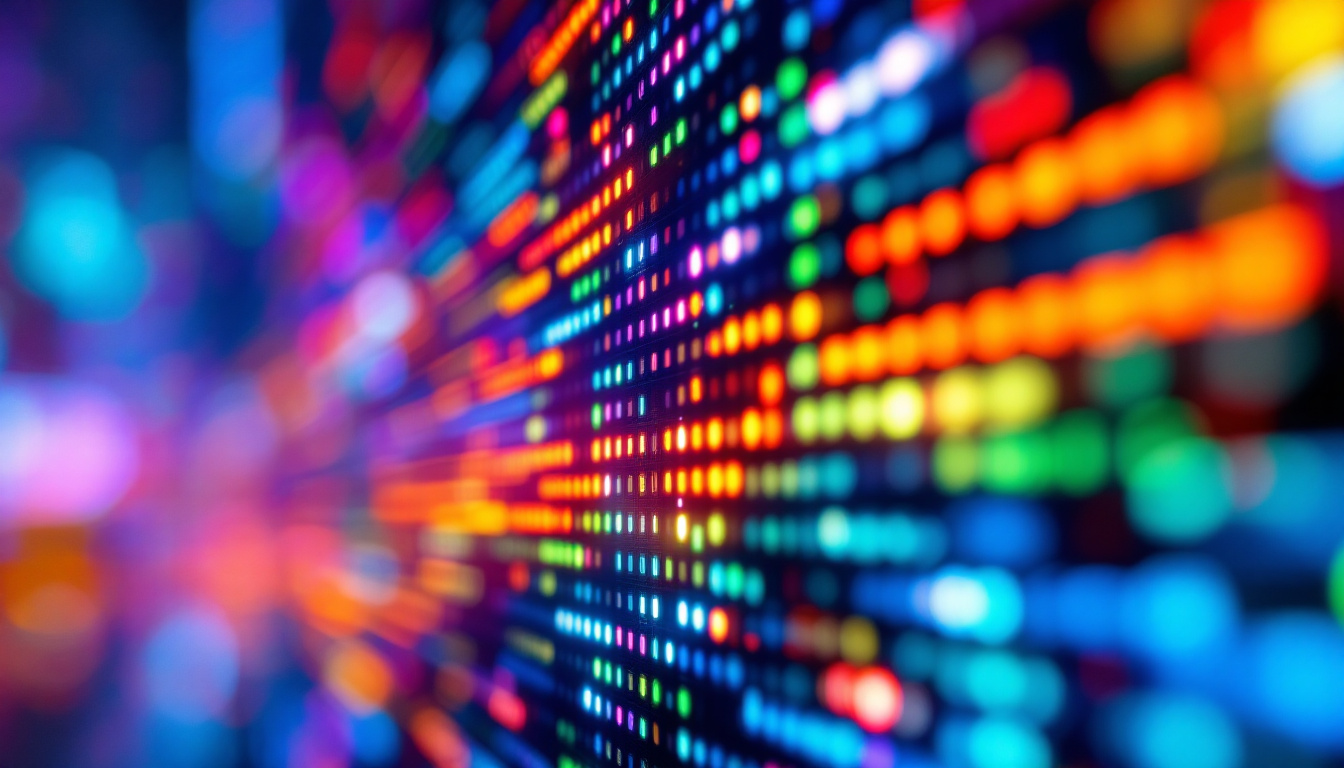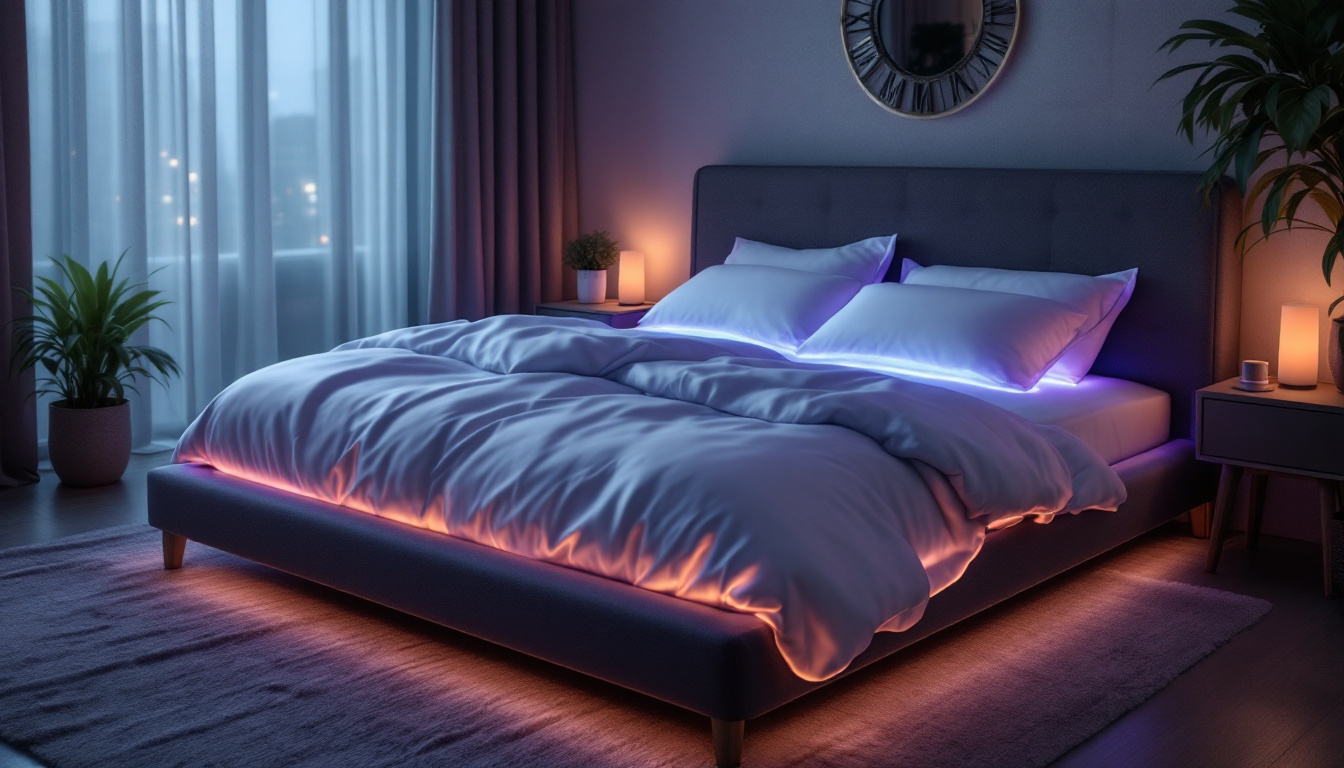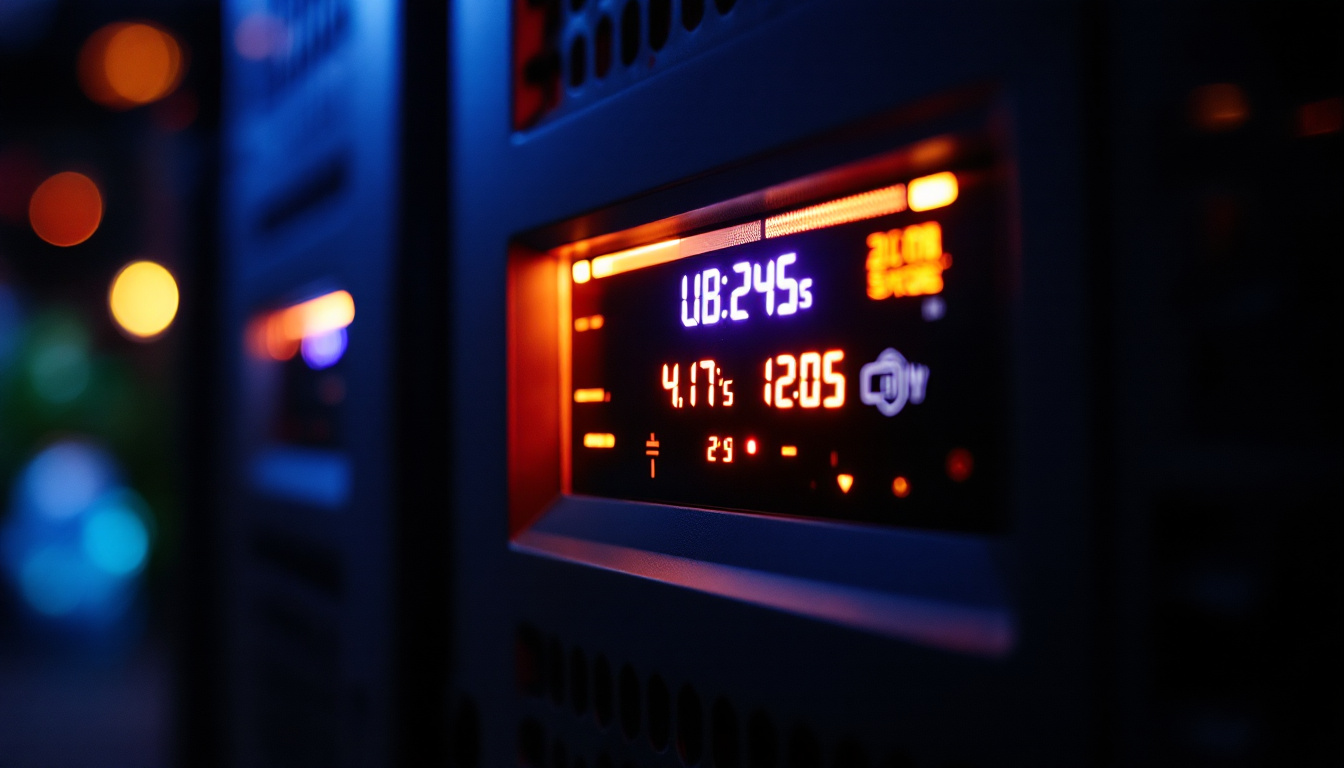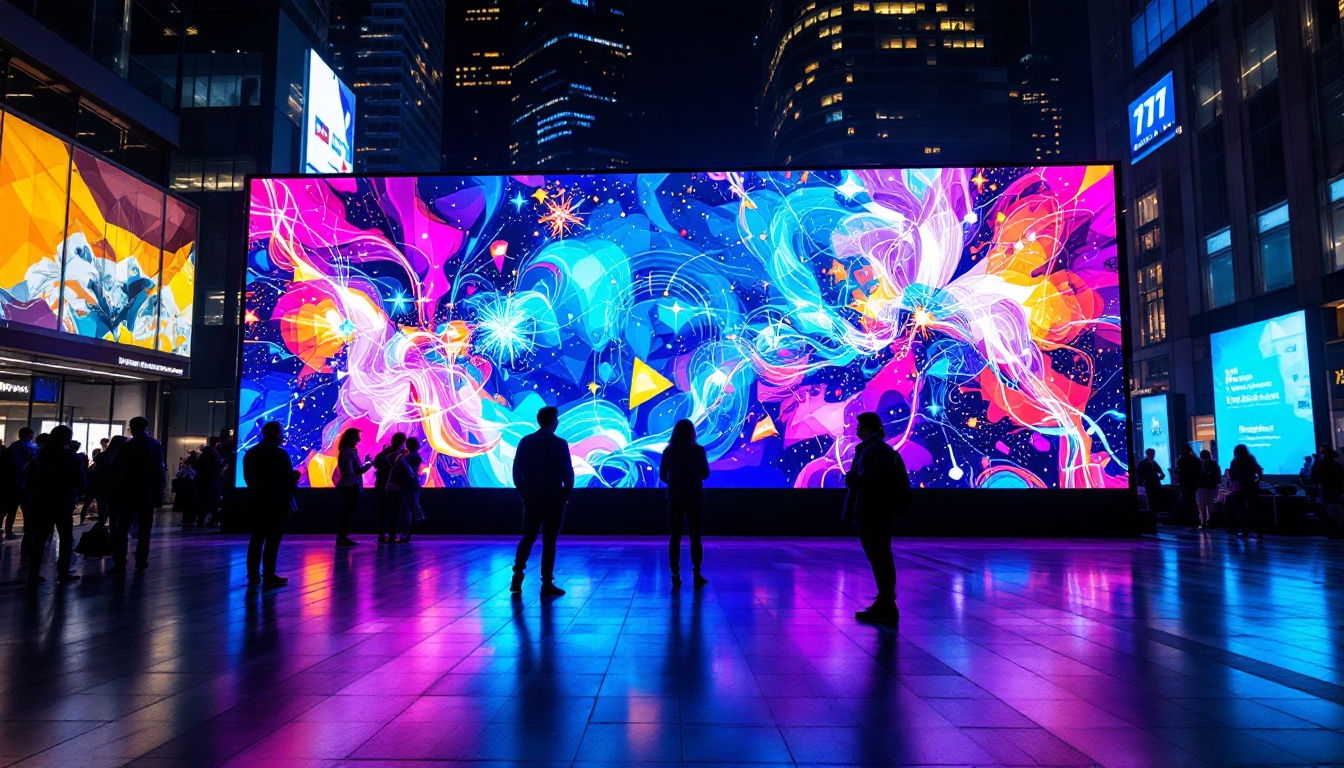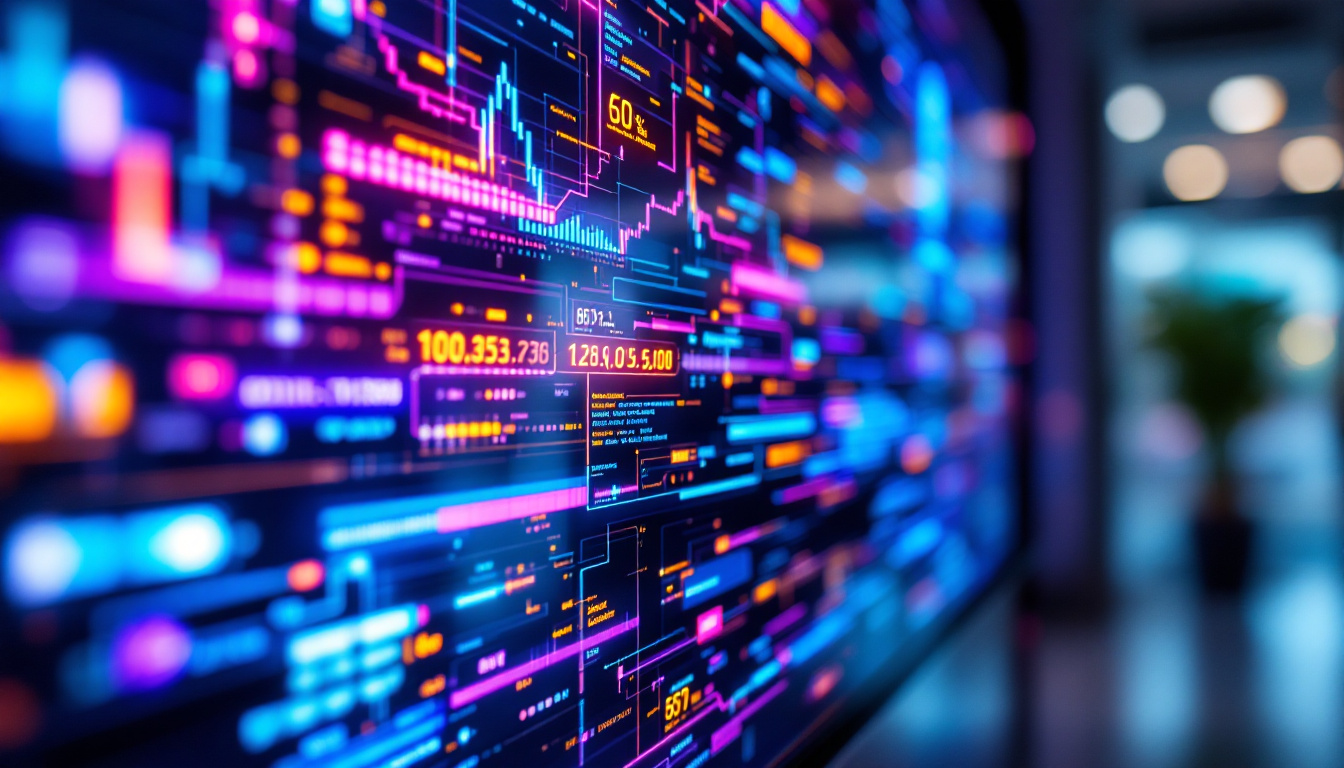Understanding measurements and conversions is crucial in many fields, from construction and engineering to digital signage and event planning. One common conversion that often arises is from feet to meters, especially when dealing with large-scale installations like LED displays. This article delves into the conversion of 108 feet to meters and explores how this measurement applies to LED display technology, offering insights into size considerations, installation, and practical applications.
Converting 108 Feet to Meters: The Basics
Feet and meters are units of length used in different measurement systems. Feet belong to the Imperial system, primarily used in the United States, while meters are part of the metric system, widely adopted worldwide. To convert feet to meters, the standard conversion factor is:
1 foot = 0.3048 meters
Using this, the conversion for 108 feet is straightforward:
108 feet × 0.3048 meters/foot = 32.9184 meters
Therefore, 108 feet is approximately 32.92 meters when rounded to two decimal places.
Why Accurate Conversion Matters
Accurate measurement conversions are essential in projects involving international collaboration or where specifications must meet precise standards. For LED display installations, knowing the exact size in meters helps in planning the display’s physical footprint, ensuring structural compatibility, and complying with local regulations.
For example, a company designing an LED billboard in a country that uses the metric system will need the dimensions in meters to coordinate with architects, engineers, and city officials effectively. This is particularly important in urban areas where space is limited, and local zoning laws may dictate specific size requirements for signage. Additionally, understanding the conversion can aid in the procurement of materials, as suppliers may list dimensions in metric units, necessitating accurate conversions to avoid costly errors or delays in project timelines.
Moreover, accurate conversions are crucial not only in construction and engineering but also in various fields such as aviation, where altitude is often measured in feet in the U.S. but in meters elsewhere. Pilots and air traffic controllers must be able to interpret these measurements correctly to ensure safety and compliance with international aviation standards. Thus, mastering the conversion between feet and meters is a valuable skill across multiple disciplines, enhancing communication and operational efficiency in a globalized world.
Understanding LED Display Sizes and Their Measurement
LED displays come in various sizes, from small indoor screens to massive outdoor billboards. The size of an LED display is typically measured diagonally, similar to televisions, or by its width and height in feet or meters.
How Size Influences Display Quality and Viewing Distance
The physical size of an LED display directly impacts its resolution, pixel pitch, and optimal viewing distance. Pixel pitch, the distance between the centers of two adjacent pixels, is often measured in millimeters and determines the display’s clarity at different distances.
For a display approximately 108 feet wide (or 32.92 meters), the pixel pitch and resolution must be carefully selected to ensure the image is sharp and visible from the intended viewing distance. Larger displays with smaller pixel pitches deliver higher resolution but come at a higher cost. This balance between size, pixel pitch, and resolution is crucial for applications where visual fidelity is paramount, such as in advertising or live events, where every detail matters.
Practical Examples of 108-Foot LED Displays
To put 108 feet into perspective, consider some real-world LED installations:
- Sports Arenas: Many stadiums feature LED ribbon boards or main scoreboards around this size, providing clear visuals to tens of thousands of spectators.
- Outdoor Billboards: A billboard measuring 108 feet in width is considered large-format, suitable for highways or urban centers where visibility from a distance is critical.
- Concert Stages: Large LED walls of this scale are often used for immersive visual effects during live performances, enhancing audience engagement.
In addition to these examples, 108-foot LED displays are increasingly being utilized in corporate environments for large-scale presentations and events. These displays can serve as dynamic backdrops for conferences, allowing companies to showcase their branding and messaging in a visually striking manner. The ability to change content in real-time also means that businesses can adapt their presentations on the fly, making them more relevant and engaging for the audience. Furthermore, as technology advances, the integration of interactive elements into these displays is becoming more common, allowing viewers to engage directly with the content, thereby enhancing the overall experience.
Moreover, the use of 108-foot LED displays is not limited to commercial applications. Public art installations are also embracing this technology, transforming urban landscapes with vibrant visuals that can convey messages or tell stories. These displays can be programmed to change throughout the day, creating a dynamic visual experience that attracts passersby and encourages community interaction. As cities continue to evolve, the role of large-format LED displays in public spaces will likely expand, offering new opportunities for artistic expression and community engagement.
Technical Considerations for Installing a 108-Foot LED Display
Installing an LED display of this magnitude involves multiple technical and logistical factors. Understanding these considerations ensures a successful project from design through deployment.
Structural Support and Mounting
A display that spans 108 feet requires robust structural support. The mounting system must accommodate the weight of the LED panels, withstand environmental conditions such as wind and rain, and maintain stability over time.
Engineers typically conduct load assessments and design custom frameworks or use existing structures, such as building facades or dedicated billboards, to support the display safely.
Power and Connectivity Requirements
Large LED displays consume significant power, especially when operating at high brightness levels for outdoor visibility. A 108-foot display may require multiple power circuits and backup systems to ensure continuous operation.
Connectivity is equally important, as the display must receive high-bandwidth data streams to render video content smoothly. This often involves fiber-optic cabling, wireless links, or dedicated network infrastructure.
Weatherproofing and Maintenance
Outdoor LED displays must be weatherproofed to resist moisture, dust, and temperature fluctuations. IP ratings (Ingress Protection) indicate the level of protection; for example, IP65 or higher is common for outdoor installations.
Regular maintenance is critical to address issues such as dead pixels, panel alignment, and cleaning. For a 108-foot display, maintenance planning includes access solutions like scaffolding or lifts and monitoring systems to detect faults proactively.
Applications and Benefits of Large-Scale LED Displays
LED displays measuring around 108 feet offer numerous advantages across various industries. Their versatility and visibility make them valuable tools for communication and advertising.
Advertising and Marketing Impact
Large LED billboards capture attention effectively due to their size and brightness. Advertisers benefit from dynamic content capabilities, including video, animations, and real-time updates, which traditional static billboards cannot provide.
Studies show that digital billboards can increase brand recall and engagement by up to 47%, making investments in large LED displays highly attractive for marketers.
Public Information and Safety
Municipalities use large LED displays to convey important public information, such as traffic updates, emergency alerts, and event announcements. The ability to update content instantly enhances public safety and communication efficiency.
Entertainment and Sports Venues
In arenas and concert venues, large LED walls measuring around 108 feet create immersive experiences. They display live feeds, graphics, and interactive content that enhance audience enjoyment and participation.
Cost Considerations for a 108-Foot LED Display
The investment required for a large LED display depends on several factors, including size, resolution, pixel pitch, installation complexity, and maintenance.
Initial Purchase and Installation
High-resolution LED panels with fine pixel pitches command higher prices. For a 108-foot wide display, costs can range from hundreds of thousands to several million dollars, depending on specifications.
Installation expenses include structural work, electrical setup, and integration with control systems. Projects in urban areas may incur additional costs due to permitting and logistical challenges.
Operational and Maintenance Costs
Operating costs involve electricity consumption, which can be substantial for large, bright displays. Maintenance contracts typically cover routine inspections, repairs, and software updates to ensure longevity and performance.
Return on Investment (ROI)
Despite the high upfront costs, large LED displays often deliver strong ROI through increased advertising revenue, enhanced brand visibility, and improved customer engagement. Careful planning and content strategy maximize these benefits.
Future Trends in LED Display Technology
LED display technology continues to evolve, with innovations that impact how large-scale displays are designed and used.
Higher Resolution and Pixel Density
Advancements in LED manufacturing enable smaller pixel pitches, resulting in sharper images even on massive screens. This trend allows for more detailed content and closer viewing distances without loss of quality.
Energy Efficiency Improvements
New LED components and power management systems reduce energy consumption, lowering operational costs and environmental impact for large installations.
Integration with Smart Technologies
Smart LED displays can integrate with sensors, cameras, and AI-driven content management systems to deliver personalized and context-aware messaging, enhancing effectiveness and audience engagement.
Conclusion
Converting 108 feet to meters yields approximately 32.92 meters, a measurement that is particularly relevant in the context of large LED displays. Understanding this conversion is essential for accurate planning and execution of LED installations, especially in international or metric-based environments.
LED displays of this size serve diverse applications, from advertising and public information to entertainment, offering significant benefits in visibility and engagement. However, they require careful consideration of technical, structural, and financial factors to ensure successful deployment and operation.
As LED technology advances, large-scale displays will become even more versatile, efficient, and impactful, making them a powerful tool for communication in the modern world.
Explore Cutting-Edge LED Displays with LumenMatrix
Ready to elevate your space with the latest in LED display technology? LumenMatrix offers a wide array of innovative solutions tailored to your needs. From captivating Indoor LED Wall Displays to dynamic Outdoor LED Wall Displays, and from mobile Vehicle LED Displays to interactive Floor LED Displays, our products are designed to revolutionize visual communication. Discover how our Custom LED Displays and All-in-One LED Display solutions can enhance your brand visibility and audience engagement. Check out LumenMatrix LED Display Solutions today and transform your message into an unforgettable visual experience.

